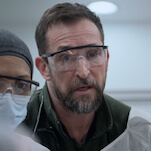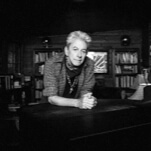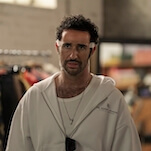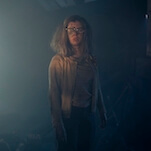It’s demo day: Breaking down our obsession with home renovation TV
When This Old House started airing on PBS in 1979, it unknowingly gave birth to a monster. A pretty monster, with open-concept sight lines and teeth like subway tiles, but a monster all the same. The show, which was first hosted by Bob Vila, drew back the curtain on home construction, design, and financing, giving viewers a sense that, though Vila and his crew were professionals, if they just watched enough home renovation on television, maybe they could learn to do the dang thing themselves.
Fast forward 41 years, and we not only have entire networks devoted to all things home buying, home renovating, and gracious living, but bonafide stars in the DIY TV space, like Property Brothers Drew and Jonathan Scott and Fixer Upper’s Chip and Joanna Gaines. (According to some sources, the Scott brothers are together worth a reported $250 million and counting.) Those stars also have furniture and rug lines, eponymous magazines, and even, in the Gaines’ case, a new TV network all their own.
Undoubtedly, the current television hub of all things home renovation is HGTV, which started with a $25 million budget in 1993 and was bought by Discovery, Inc. for $12 billion in 2018. According to Architectural Digest, the network is cable’s fourth most popular broadcaster, averaging drawing 1.3 million viewers at any given time, and riding America’s increasingly voracious appetite for transformation television. At the same time the network was developing, America’s housing market was cresting, as Architectural Digest reported, “In 1994, Home Depot reported net sales of $12.47 million; in 2018, that number was $108.2 billion. Lowe’s Home Improvement saw net sales rise from $6.1 million in 1994 to $71.3 billion in 2018.”
So while there’s not a lot of serious critical chatter about home renovation shows like Celebrity IOU and Flip Or Flop, that doesn’t mean that millions of people aren’t religiously watching them. Networks like HGTV are providing the programming viewed everywhere from cozy couches to harshly lit hospital waiting rooms, bringing the oddly comforting—and inherently untrue—feeling of a quick and clean renovation to semi-distracted viewers on the regular.





























![Rob Reiner's son booked for murder amid homicide investigation [Updated]](https://img.pastemagazine.com/wp-content/avuploads/2025/12/15131025/MixCollage-15-Dec-2025-01-10-PM-9121.jpg)











